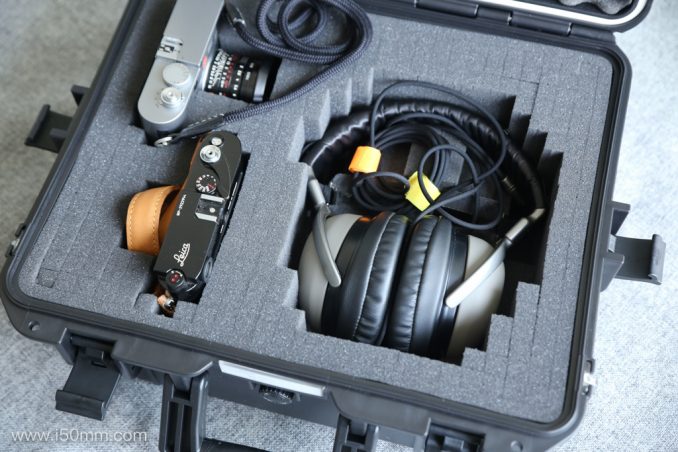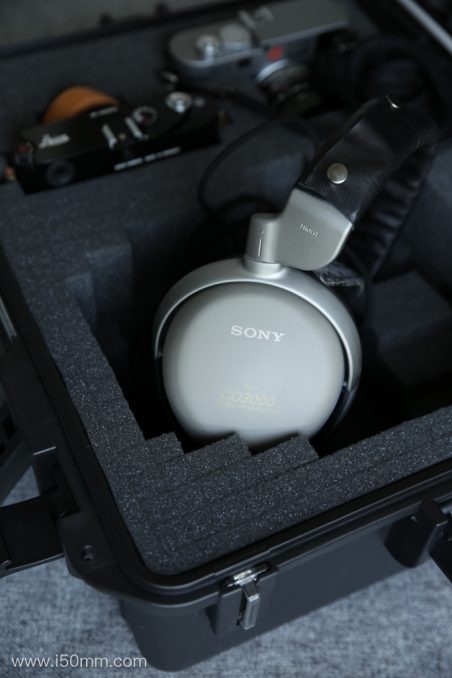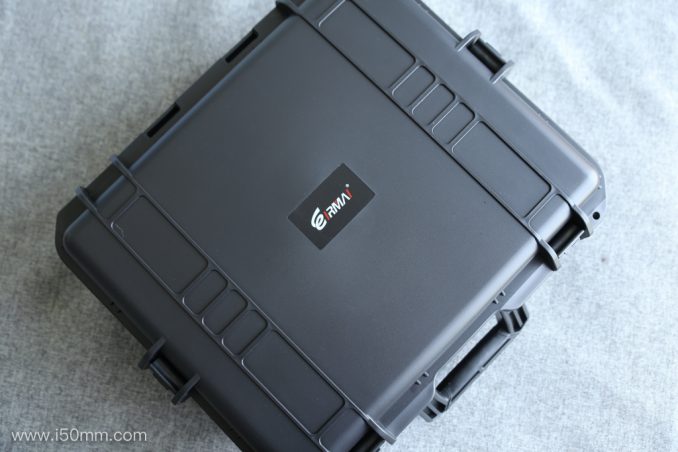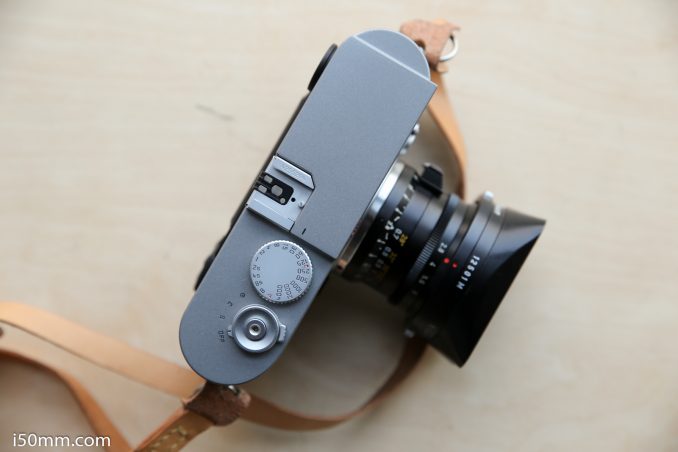
徕卡m9相机的jpg像素比dng多4个像素,同样照片的像场也是jpg要大一点点。这个现象打破了我的常规认知。
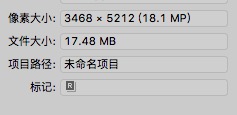
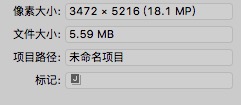

35mm广角镜头、f2.8的光圈、旁轴取景、最近对焦0.85米、联动测距,我擦,这参数咋这么一看根徕卡m3配个小八妹似的呢,而且这台机的体积却是肥皂大小的口袋机——Olympus XA
感谢走发来的Olympus XA样片,成像质量很有味道啊。他的网站地址:
看了i120mm的样片突然让我想起菅原一刚在他的那本《更喜欢摄影》 里对Olympus XA的评价。于是赶紧找出来,摘抄一段根大家分享。
……
反而是在我入学前觉得“这台好可爱”,
然后买下来的这台奥林巴斯XA傻瓜相机,成为我最常用的相机。
……
有一次,我在课外教学时便带了我的奥林巴斯XA参加,
当然就让负责上课的老师生气了。
可是,后来在学科长进行讲评的时候,
当时拍的那张照片,却获得很大的赞赏。
我当时对于被夸奖也有点莫名奇妙,
但那张照片的确跟其他同学拍的画质稍有不同。
……
但是画面上的黑色,却有它应有的饱和度,
……
那台相机上的zuiko镜头,虽然对傻瓜机来说是很小的尺寸,
但因为是由大厂牌家制作,所以拥有不错的品质。
……
奥林巴斯是做显微镜的,特别善于做小镜头,包括著名的奥林巴斯u2。其实ps口袋机根单反相比确实在广角上有先天优势,广角可以设计的离底片足够近,获得高画质,而单反由于有反光板在镜头和底片之间隔开了一段距离,单反镜头不得不设计更大体积。我玩的奥林巴斯ep2、ep5和17mm f1.8镜头、45mm f1.8镜头、40mm-150mm长焦头,说实话,素质相当高,小巧便携该虚化的都虚化,该结实的都结实,而且有奥林巴斯独有的暖调,比索尼微单可玩度高的多的多,sony家几乎没有可爱的镜头。
样片用的是凯锐KENTMERE pan400胶卷,这个卷的特点是粗大的颗粒,黑色饱和度确实也够味道。请欣赏来自i120mm.com的黑白样片:

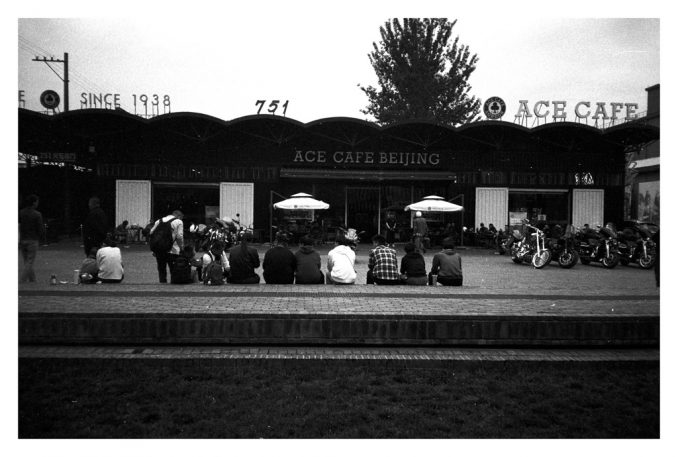
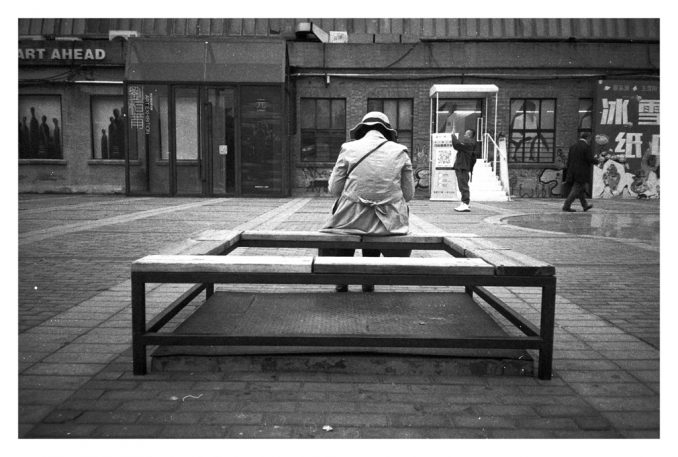



古典镜头都有各自的风格,油润是德系镜头的共同特点,这些德系镜头之间又都不同。古典福伦达迷人的散景,醉人的人像。蔡司浓郁的色彩,无论何时色彩总是先跳入你的眼帘。徕卡暗光下的优雅,总给你一种历史感。施耐德浓厚的色彩,暗角下的严肃艺术感。同是德厂,罗敦司得清晰细腻的刻画,微暖的调子也是独树一帜。
罗敦司得是一家德国著名的中/大画幅镜头和放大镜头制造商。特别在大画幅领域,更是比肩蔡司、施耐德,罗敦司得镜头清晰细腻,色彩清亮,善于刻画纹理,在商业广告领域颇受欢迎。20世纪50年代到60年代初,他们为35毫米单反相机和徕卡旁轴相机也生产了一些相机镜头。

罗敦司得从1954年到1961年生产了200万个镜头,但大部分镜头都是固定到机身的,比如柯达雷丁娜相机,可互换镜头的生产数量相对较低包括m42卡口等,徕卡L39卡口的镜头只有一种Rodenstock-Heligon 35mm f/2.8,数量并不多。
是徕卡战后巴納克型iiif、iiig的可选镜头。那时候正是德国经济复苏,徕卡相机供不应求,这时期徕卡跟一些电影镜头厂商和大画幅厂商定制了一批镜头,包括施耐德、安琴、罗敦司得都生产过徕卡螺口镜头配合机身销售。而这一时期罗敦司得刚刚完成慕尼黑和里根生产基地的扩建,规模庞大实力雄厚。

这只35mm镜头采用当年流行工艺,6片4组结构,全铜镀铬,单层镀膜,10片光圈叶片。同是2.8的光圈,他的体积比徕卡小八妹小很多。
Heligon系列出现在120和135画幅相机上,包括Linhof 69的Heligon 90/3.2等,DKL卡口的Rodenstock Retina Heligon 1.9/50mm ,都是同类型里的顶尖水平。可惜哪些相机系统如今都太冷门,造型过于火星,镜头样式也是怪蜀黍的感觉。唯一的一只小天鹅就是这枚Rodenstock-Heligon 35mm f/2.8,婀娜多姿,再加上徕卡定制,素质更是超了群了。
罗敦家镜头特别善于细节刻画,这只Rodenstock-Heligon 35mm f/2.8镜头更是不输原厂,承传了罗敦家的镜头风格,清晰细腻,色彩鲜明而又艳俗,高光吼得住,暗光暗得下,微微偏暖,油润而内敛。
据说罗敦司得镜头刻有红A字样的镜头都是高级镜头,对高光控制稳定,整体色彩更加油润。
下面是罗敦司得1954年到1961非官方所有镜头的年代大全:
2,000,000 ——1945
2,500,000 ——1952
3,000,000 ——1954
4,000,000 ——1957
4,500,000 ——1960
5,000,000 ——1961
编号: 22981xx, 23274xx, 23275xx, 23276xx, 23277xx, 23695xx, 23696xx, 23698xx, 23699xx, 23710xx, 23711xx, 23712xx, 24596xx, 24597xx, 24598xx, 35253xx
罗敦斯得的色彩还是很有德味的,浓而不艳,比蔡司稳重,比徕卡厚重,又比施耐德清淡。

由于这只镜头的景深很浅,所以全开光圈盲拍还是挺有挑战的,但由于是渐进式的虚化,就算没拍实,也很有立体感。
这罗敦斯得的f2.8度光圈,完全够得上徕卡f2光圈下的虚华啊,十片光圈叶片,甚至多少有点七妹和八妹合体的感觉,旋转中带着柔和、光滑、自然。
这只镜头的虚化效果是它最大的特点,这也导致其价格并不便宜。
这是在旁轴相机上体验罗敦司得风格的唯一办法。也是我认为在135领域里唯一值得体验的罗敦司得镜头。散景微旋,柔和的渐进叠加,全开锐度不输现代投,微反差丰富,盲派脱焦时,立体感依然满满的。
下次换眼镜,准备尝试下罗敦家的镜片。
继续阅读聊聊罗敦家的徕卡头Rodenstock-Heligon 35mm f2.8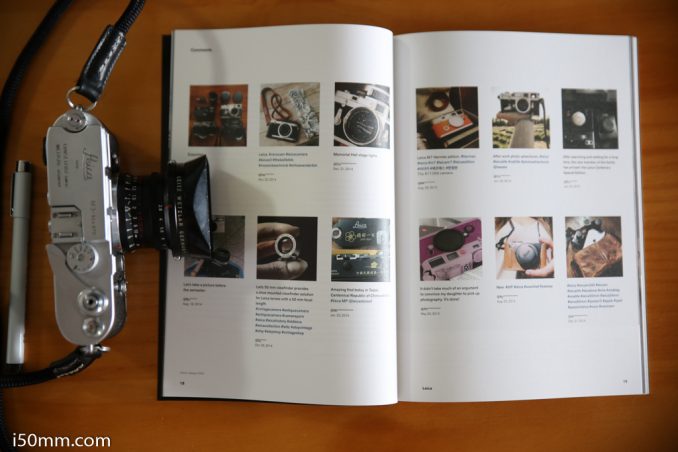
市场上销售的全新徕卡相机和镜头从来没有出现过降价,不要想着跟其他品牌那样哪天来个大降价,它会选择停产也不会降价。低价徕卡只能从二手市场寻找。这主要是因为徕卡的特殊商业模式造成的。
一般相机的销售模式是比较传统的经销商模式,就是厂家给你一个出厂价,再给你一个指导价,经销商可以围绕指导价销售。根据退市周期,经销商会逐渐降价销售,最终甚至为了不压货,以低于出厂价销售。因为厂家很快就推出一款“像素更高”、“高感更好”、“拨轮更多”多一款相机。
如今的徕卡机身、镜头,放眼去看没有一个竞争对手,所以徕卡公司对产品定价有绝对的控制权。徕卡这个品牌很奇特,很少做广告,他们对经销商时刻保持警惕,为了防止经销商搞烂自己的品牌,他们给出一个最低售价,经销商不允许低于这个价格出售。徕卡供货采用配给制,哪个经销商低价销售就会断货,彻底打消你薄利多销的念头。
事实上没有哪个经销商以低价销售徕卡,甚至有些经销商自己通过各种渠道发布广告,提供更多的周边服务,然后以高于徕卡最低指导价销售。如果你看到网络上哪个销售渠道以非常低的价格销售全新的徕卡相机,那么肯定是一个骗局,等你交了钱就不退了,然后使用各种洗脑方式让你购买一款福伦达镜头,甚至更有以旧充新的。所以你不要相信低价的全新徕卡 ,再最后重复一下,低价的徕卡只有二手徕卡。
徕卡相机不出低端型号,不会像sony那样,出个a7上面还有个a9,“徕卡”这两个字就是不妥协的代名词。不过,最近几年徕卡这家公司也“妥协”了,它喜欢在一款产品退市后再给他换个名字,然后用较低的价格销售。比如m9的廉价版me,m240的廉价版m-e。它目的有两个,一是跟二手相机竞争市场,二是减下自己的零件库存。
在二手市场,徕卡的机身和镜头跟其他品牌相比,那是相当稳定,长期徕卡还有会小涨,难怪有人说这货是个理财产品。如果说玩二手徕卡的人给二手价格点了火,那么徕卡公司还在一旁扇风,因为这家奇葩的公司每隔几年还要提高新镜头的售价。
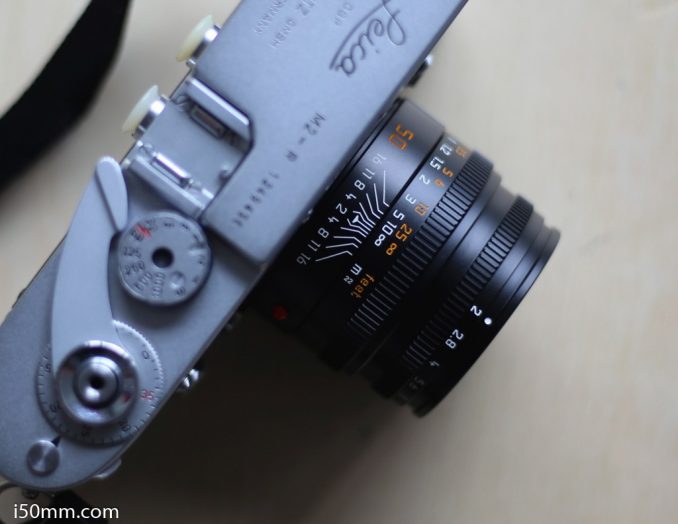
比如summicron m50 f2 现行版,在镜头筒上的精深标尺无限远“∞”旁边有白色的数字“22”,这意味着什么?
这些数字给出了你的镜头精确焦距,神秘数字只出现在50,90和135毫米镜头上。其实很好理解,示例如下:
50毫米Summicron上刻着数字“22”,这表明精确的焦距是52.2毫米。
50毫米的镜头上写有“98”,这表明精确的焦距是49.8毫米。
75毫米的镜头上写的“50”,表明这只镜头的精确焦距是80毫米。
90毫米的镜头上写有“00”,这表明精确的焦距是90.0mm。
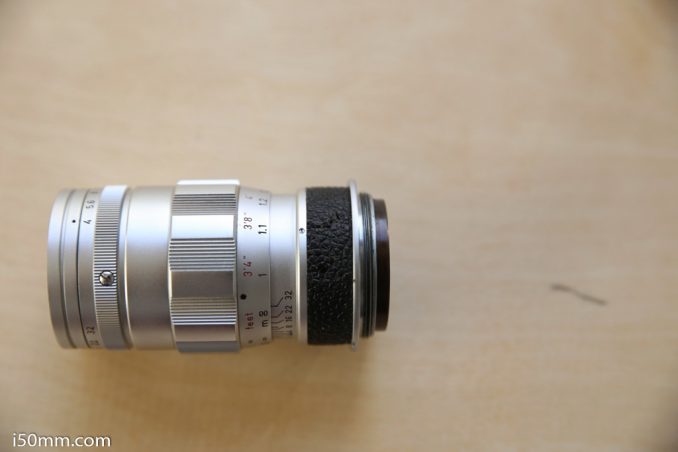
这主要还是德国人比较严谨,实际上所有镜头的焦距标称都是设计值,而实际落到生产时就会有制造公差,连这个细微变化徕卡也是都标记出来了。实际上你把佳能尼康适马腾龙的50mm镜头都拿来对比就会发现,相同的焦距,相同地点拍摄,景范围还是有些许不同的,所以实际上都不是准确的50mm,只是这些公司觉得这细微的差别没有必要标记出来。
实际上任何摄影镜头在对焦的过程中取经范围是会有轻微变化的,就是所谓的呼吸效应。对于摄影来说呼吸效应对拍照几乎没有影响,相当于你的相机前后移动了几毫米的区别。消除呼吸效应是电影镜头要做的事情,所以电影镜头也更复杂和昂贵。
徕卡告诉你的精确焦距52.2,是指对焦到无限远时焦距为52.2。综合上呼吸效应,以实际使用上没啥感觉。
所以不用在意那个白色的神秘数字。

m8是徕卡第一款旁轴数码相机,在那个年代还没有微单。徕卡旁轴镜头离ccd的距离非常近,中心和边缘成像是需要解决的首要问题。所以徕卡跟柯达定制的这款ccd可是下足功夫了。边缘滤镜特殊倾斜设计,尽量让边缘和中心获得接近的画质。
同时,徕卡觉得市面的ccd都有个红外低通滤镜很low,因为那个滤镜会降低清晰度,是肉眼可感知的降低。所以徕卡为了获得最佳锐度,取消了红外低通滤镜。
随后,人们发现阳光下黑色尼龙织物会出现发紫的情况,起初徕卡并不回应,甚至觉得这是一种微妙的味道,随后反应这个问题的人太多,于是徕卡免费提供红外截止滤镜,加了红外截止滤镜后m8跟m9的色彩就像多了。但是很多人认为不加红外截止滤镜是徕卡m8的特色,拍彩色时绿色里泛着黄色,有种阳光的味道,而拍黑白模式下更是获得了更多光线,从而纪录下了更多阴影里的细节。

更有人充分发掘这个特点,用红外通过滤镜,只让红外线成像,从而获得特殊的红外照片。在胶片年代,有专用的红外胶卷哦。

1、红外镜片是黑色的,旁轴的优点就体现出来了。而单反相机如果加了红外滤镜,那取景器就是黑的了。
不过可见光波长跟红外差距太大,所以从取景器对焦是不准的,比如肉眼对焦1米的位置,实际红外应该在大约1.2米才合焦,不过这偏差根不同焦距有关系,跟滤镜规格有关系,跟光圈值也有关系。这点是需要记住的。特别是拍风景,多拍几张摸索。好在徕卡镜头超焦距盲拍很方便。
2、红外滤镜有不同波段,拍出效果是不一样的。m8在700-1400nm波段都可以被记录下来。滤镜会根据这个波段出不同的规格。
3、红外通过滤镜的镜片基本就是黑色的,所以快门速度会很低。
4、很多人以为红外有透视效果。其实并不是完全正确,只有超薄的织物才有一点点透视效果。
5、自定白平衡下,使用720nm红外滤镜,m8出片是种微红的效果,有点火星的感觉。
6、令人感动的是,徕卡m8在黑乎乎的红外滤镜下自动测光非常准,这样红外街拍也很省心。
对于希望在红外摄影里深入钻研的可以选择b+w的专业红外滤镜,不过价格就高了很多了。

由于树叶反射了大量的红外线,所以红外摄影的照片树叶都是很明亮轻盈,有种梦幻的效果。蓝天会暗下来,白云显得明亮。人的皮肤红外线很足,也显得白白净净的。
远处很清晰,这是因为红外是长波,不容易发生漫反射,不会被薄雾干扰。所以航空摄影很多使用红外拍摄。所以红外摄影更多的是用来拍风景的。

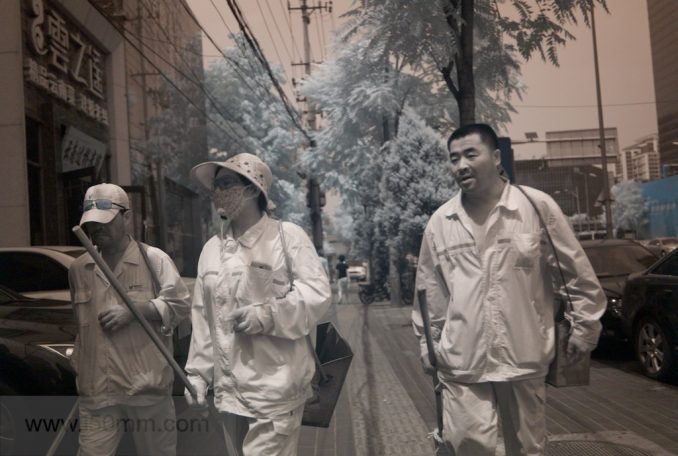



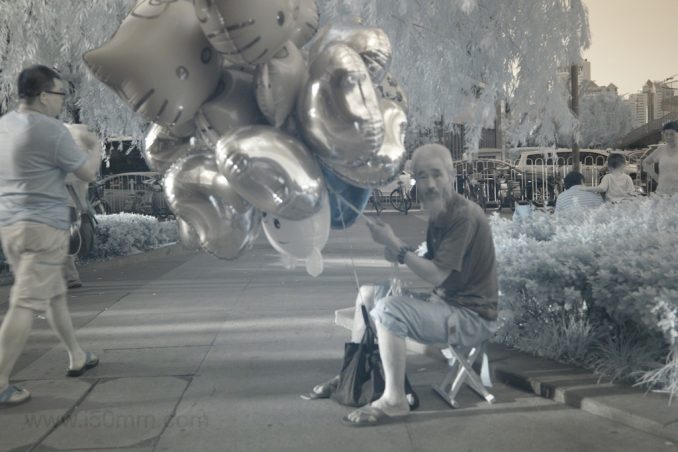


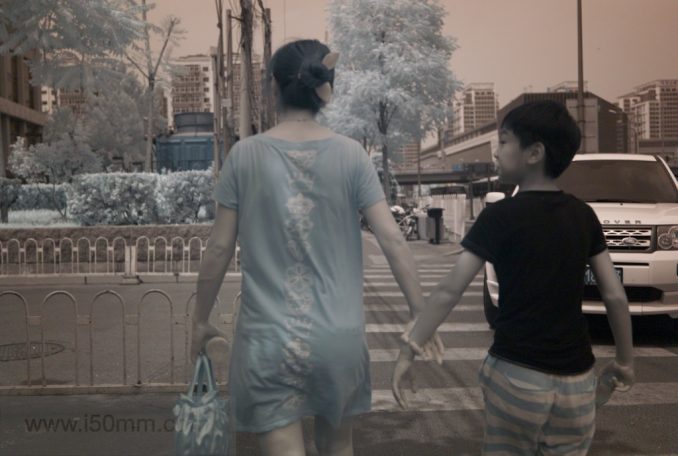
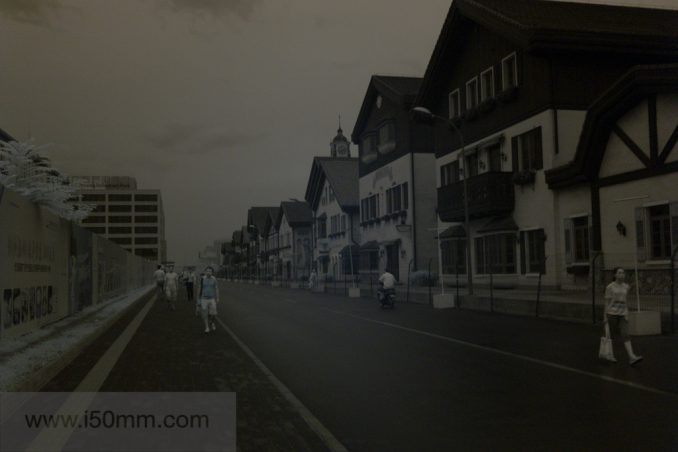
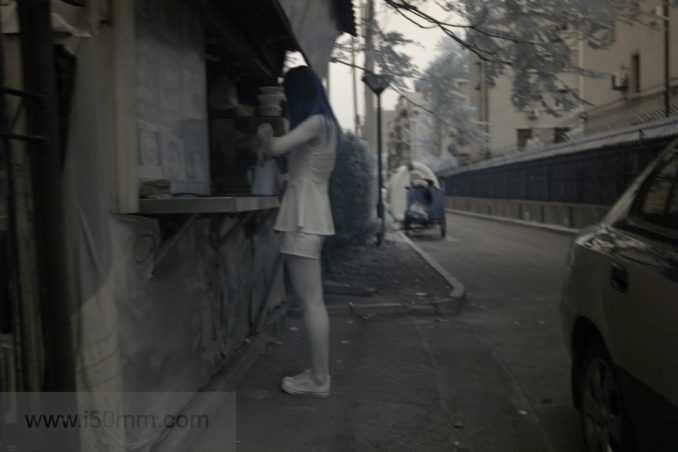



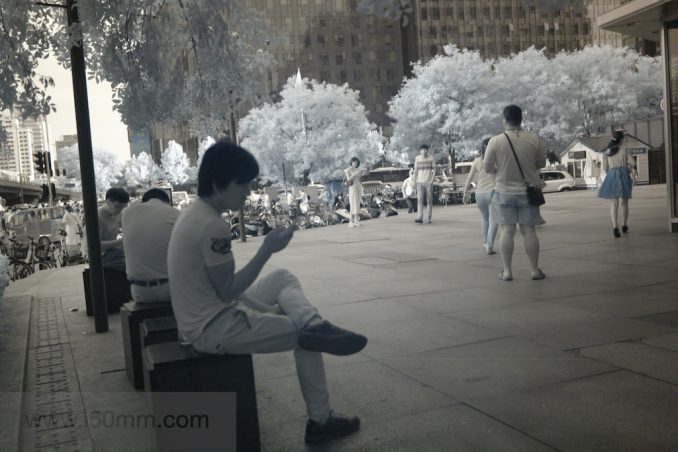
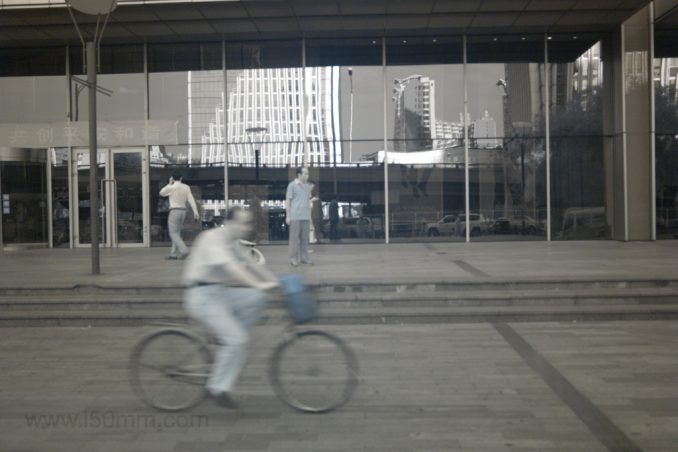
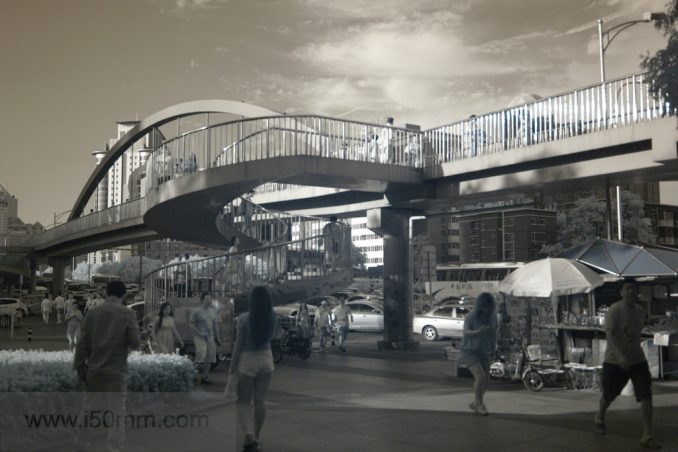

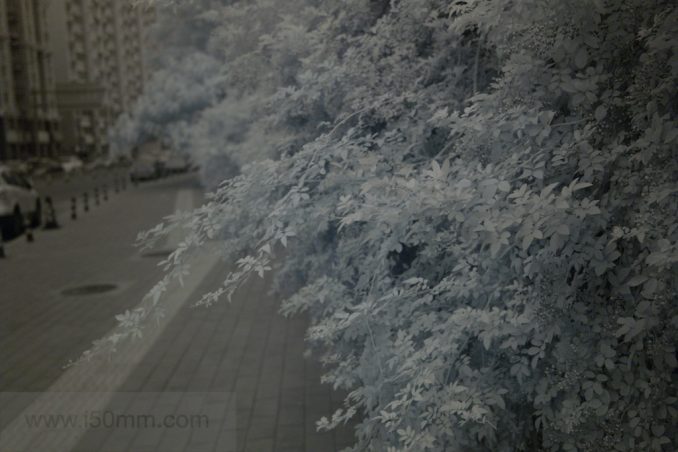

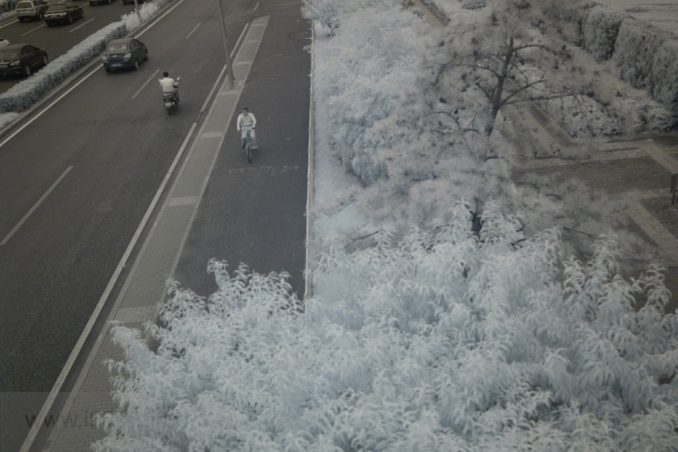

2019年9月真热闹,秋季手机发布会一场接着一场呀,先是iphone 11 pro的浴霸摄像头,再是华为mate30 pro 徕卡电影四摄,又是小米mix alpha 1亿像素摄像头。我的天啊,手机先是终结了mp3播放器,这是又要终结数码相机的节奏啊。太疯狂了。
未来数码相机将会瞬间崩塌。佳能、尼康很可能步柯达后尘。想一想,你有多久没有升级数码相机了,想一想新出的数码相机你有多大意愿掏钱。看到一亿像素的手机照片,我想大多数消费者不会再去买数码相机了。其实如今,谁家发布了某某相机二代、三代……,其实真提不起兴趣多看一样。
如果你是投资者,你绝对不会把钱再投给数码相机公司了。因为手机将会是未来最热的个人消费品。而数码相机越来越边缘化,成了爱好者和有特殊需求的摄影工作者的工具,离大众越来越远了。
手机升级换代的速度远远超过数码相机,虽然数码相机有硕大的镜头,但如今的手机处理器性能远远超过相机,甚至超过了电脑。iphone11依靠强大的运算能力和智能学习算法,能够瞬间合成超高动态范围和清晰的照片。华为依靠徕卡的顶级镜头和超强的算法合成单反能拍出的大光圈效果。小米一亿像素的手机让中画幅硕大的机身和高昂的售价显得无地自容。2019年以后的手机摄影已经100%的可以满足大众摄影要求了。而专业摄影师又有几个喜欢沉重的设备呢?
佳能尼康再不跟手机厂商合作基本会步柯达后尘。索尼有先见之明,早早布局手机摄影,索尼手机芯片部门未来前途一片光明。
徕卡始终坚持简单的工业设计,遵循质朴的光学本质,是工业时代的代表和摄影光学的图腾,已经升华成工艺品了。而徕卡也瞄准手机摄像头和无人机摄像头这个领域了。
其他相机品牌本来就是小众,基本不能扛下来。未来10年数码相机已经没有大众市场了。由于数码相机成像不如胶片有特点,历史又不如胶长,在二手市场的表现将会惨不忍睹,最终只有一些明星机型会在二手市场得以保留,大部分机型将走进垃圾场。
摄影终究是落到图像,无论是胶片还是数码相机,还是手机,拍照,才是最令人兴奋的事情。无论媒介怎么变、器材怎么变,摄影创作的本质依然没有变。
无论用什么器材,拍起来才是最重要的,让我们一起愉快的开始摄影吧。
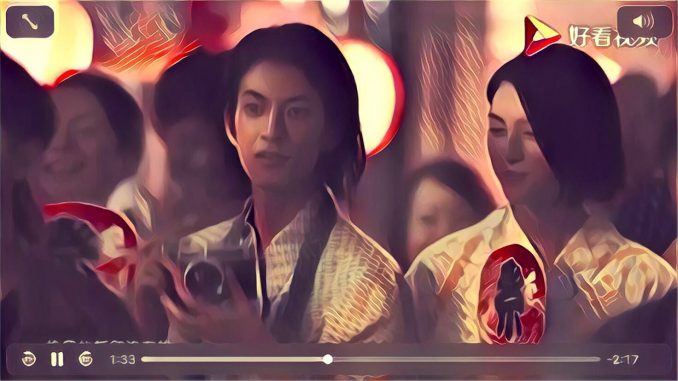
举起雅西卡electro 35,透过取景窗观看这个世界,说好不哭,可是,你却隔个窗儿滴到明。
说实话,这台旁轴外观真心漂亮,还有黑漆漏铜版本呢,当道具非常好,便宜也不怕摔,但是它不能拍照,因为这个机器的快门是电子控制的,而电子测光十有八九都有问题,早期版本电池没有替代品。乱七八糟的一款型号。如果你拿他当道具挺好的,就跟周董的mv一样,拿它是当道具的。如果你买它拍照——说好不哭。
2012年上演的苏联电影《白虎》里有个镜头,苏军为了侦查白虎坦克,身穿草绿迷彩,携带黄铜色仿徕卡ii型相机,抓拍坦克照片。搞笑的是,后面卡卷了,气的这哥们把相机扔了。导演,你怎么想的?

导演: 卡连·沙赫纳扎罗夫
编剧: 亚历山大·博罗德扬斯基 / 伊利亚·博亚索夫 / 卡连·沙赫纳扎罗夫
主演: 阿列克谢·沃特考夫 / 维塔利·基什琴科 / 瓦列里·格里什科 / 德米特里·贝科夫斯基-罗马绍夫 / 格拉西姆·阿尔基波夫 / 更多…
类型: 动作 / 奇幻 / 冒险
制片国家/地区: 俄罗斯
语言: 俄语
上映日期: 2012-05-03(俄罗斯) / 2012-06-21(上海国际电影节)
片长: 104分钟
又名: 坦克大战 / 白色虎式 / White Tiger / Belyy tigr
IMDb: tt2318405
特别喜欢索尼CD3000这款耳机,那天有朋友说这耳机你得好好保存,生物振膜,如果受潮会长霉的,一定要用个防潮箱。开始为觉得无所谓,过了几天就沉不住气了,还是来个防潮箱吧。
但是这个耳机经常会使用,得用一个方便收取,而且不爱坏的箱子。于是看到了锐玛R200,不到300的价格,非常实惠,消耗品,没必要买太贵的。
买的大号的这样一来可以装耳机,二来可以装相机。
